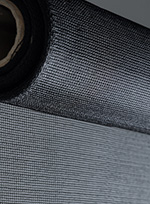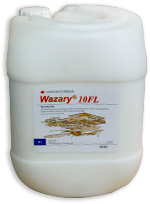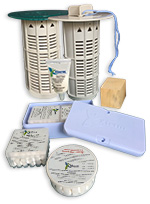Termite
There are over 170 species of termite and while they’ve been dubbed “white ants”, termites are closely related to cockroaches. However, like ants, they are social insects that build and live in colonies with caste systems--simply, they are “workers”, “soldiers” and “reproducers”.
Most termites do not have eyes with the exception of “reproducers”. Termites are silent destroyers as their presence is hard to detect until it’s too late. Because of this they are reputed to be the most destructive pests in the world.
Appearance
- White-cream colour
- Straight waist as opposed the pinched waist of an ant
- Reproductive termites shed their wings unlike flying ants
Habits
- Always in constant movement in the soil in search of food
- Foundation cracks, wall joints, gaps around plumbing and pipes are all possible entry points.
- Tend to search areas within tunnels spreading out from the colony in a radial pattern, these search patterns divide and subdivide so that they are able to cover as wide an area as possible
Life Cycle
- Reproductive caste of termites leave colony around dusk or after rainfall to find a new spot for a colony
- Queen’s abdomen becomes enlarged with eggs
- The queen of some species are able to lay up to 2000 eggs per day
- Mature colonies can contain approximately 4 million termites
- Termite colonies can exist for as long as 50 years
Signs of Infestation
- Swarmers in or around the house, especially near light sources after rain.
- The presence of mud shelters on foundations or other walls running from the ground upwards in to the house.
- Stray wings left near doors and windows.
- Paint that has started to bubble on wood surfaces that sound hollow when knocked.
- Acoustic signals of termites gnawing on and knocking against wood surfaces.



